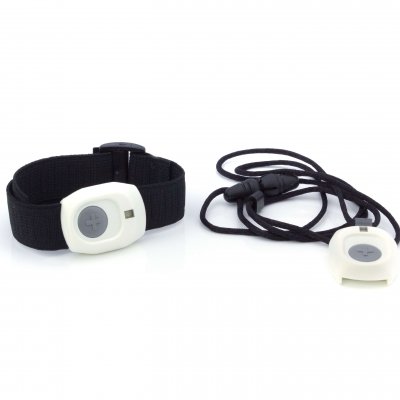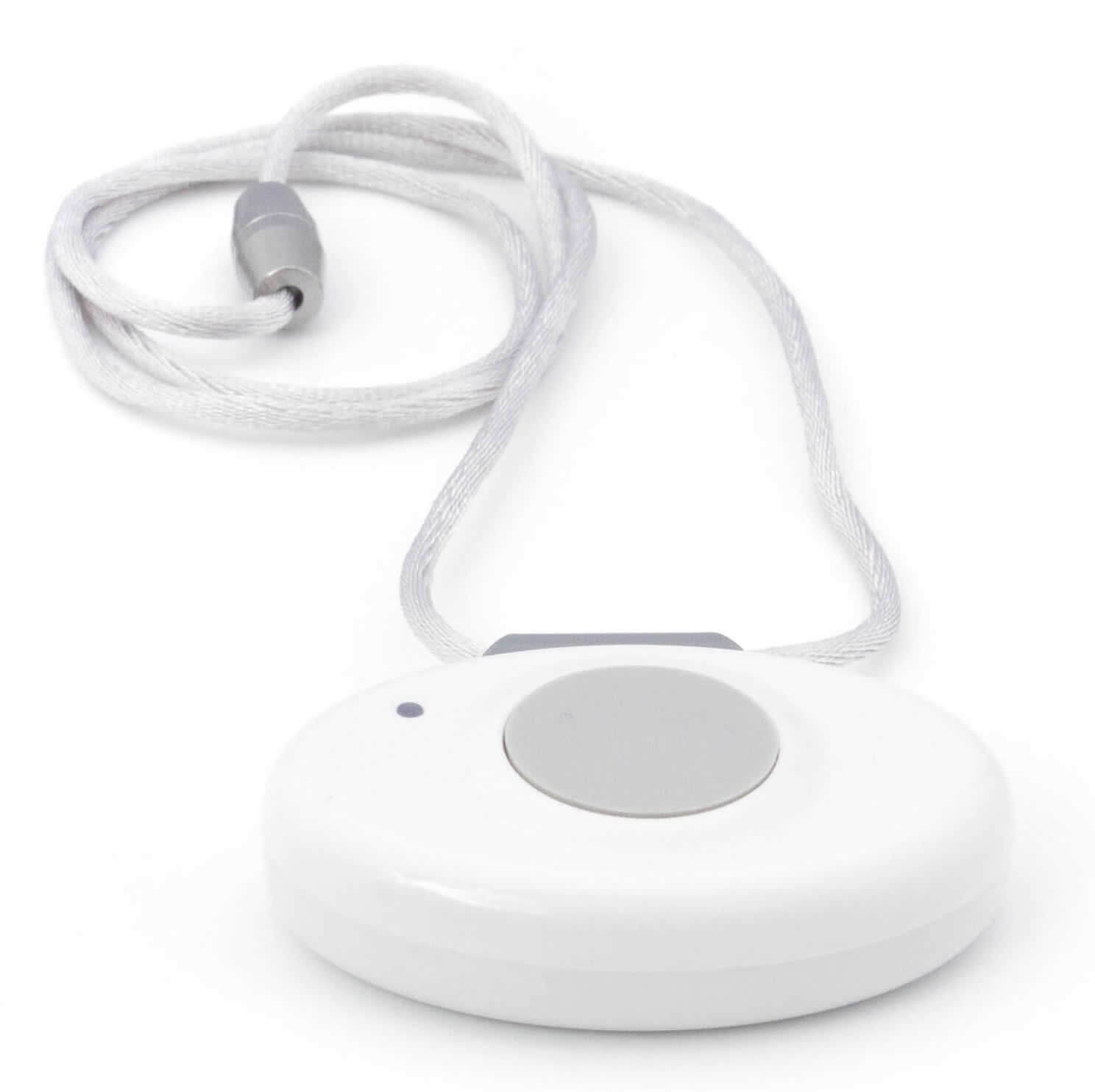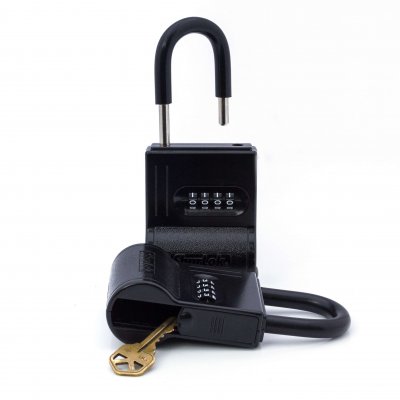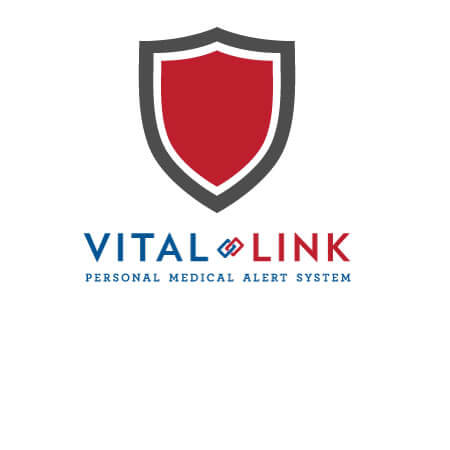Safety in the home is paramount, regardless of age or disability. However, there are specific senior safety features and medical alert type of systems that are geared toward senior citizens.
Physical therapists recommend that senior citizens, have certain safety features installed in the home. Handrails in bathrooms are a great way to prevent slips and falls. It is also recommended that no-slip grip pads or stickers be placed in the bottom of the bathtub. These grips aid either in total prevention of a fall or in quick recovery in case of a fall.
Throw rugs pose a serious problem for the elderly. It’s so easy to get caught up on an end that isn’t secured and topple over, injuring yourself. It is important to secure rugs to the floor with double-sided tape to prevent the ends from coming loose. Footwear that doesn’t get snagged on things easily is also important. Open toed or open backed shoes aren’t probably not safe for the elderly.
Handicap commodes are good options if a replacement toilet is in order anyway. Handicap commodes cost a little bit more than a typical toilet, but are higher up, and within a safe range for elders. Bedside rails are available and easily attached to beds for added safety getting into and out of bed.
Reachers and grabbers – those really cool arms that pick up stuff – are great for senior citizens, especially ones who have cabinets that are out of reach. Instead of pulling up a chair to the cabinet and risking a fall, a handy dandy grabber can be utilized thereby enhancing senior safety.
Another important step to take when thinking about fall prevention is to eliminate clutter. Cluttered areas are hard to navigate, even for the most nimble of people. Keeping pathways free of toys, books, and odds and ends offers not only a sense of neatness, but also a clear walking area in which falls are more avoidable.
Medical alert bracelets or necklaces are a good way to give senior citizens the independence that they deserve while still being able to stay safe in their own homes. When a client needs assistance, he or she simply presses a button on the necklace,wristband or panic button medical alarm transmitter and a signal is sent to the console. An operator will come online, and pending a response will dial the appropriate medical or emergency services. If there is no response from the client, the operator is trained to call emergency services anyway, assuming that there was an emergency.
It is important to also protect the home from invasion. Seniors who are home alone, often are susceptible to robberies while they are in the home – increasing the violence of such crimes. Home monitoring systems such as burglar alarms or medical alerts may be used to alert authorities of a burglary in process. Within minutes, authorities can be present at the home.
Shrubs should be kept cut short to avoid a burglar hiding in the bushes and to increase visibility out of windows. Most doors should remain locked, even when someone is at home. Garages should be treated as a house, and should be kept secure at all times.
Home safety features are designed to keep all occupants safe and healthy. Take a moment to walk through your home and look at possible areas or objects that may pose a problem – whether this means taping down a rug or changing the locks. The priority is senior safety!
Please Consider the Peace of Mind that a Medical Alert Panic Button Might Provide You and Your Loved Ones.
Medical alert devices or medical alarms or the “I’ve fallen and Can’t Get Up” thing … no matter what you call these emergency medical alarm panic button or fall alarm … they do not prevent falls. However, given this discussion regarding fall risk, the question that still remains is … “What can be done after a fall happens?” One possible answer is to consider subscribing to a Personal Emergency Response System Service such as Vital-Link. Click here to learn more about the Vital-Link Emergency Response Medical Alarms.




